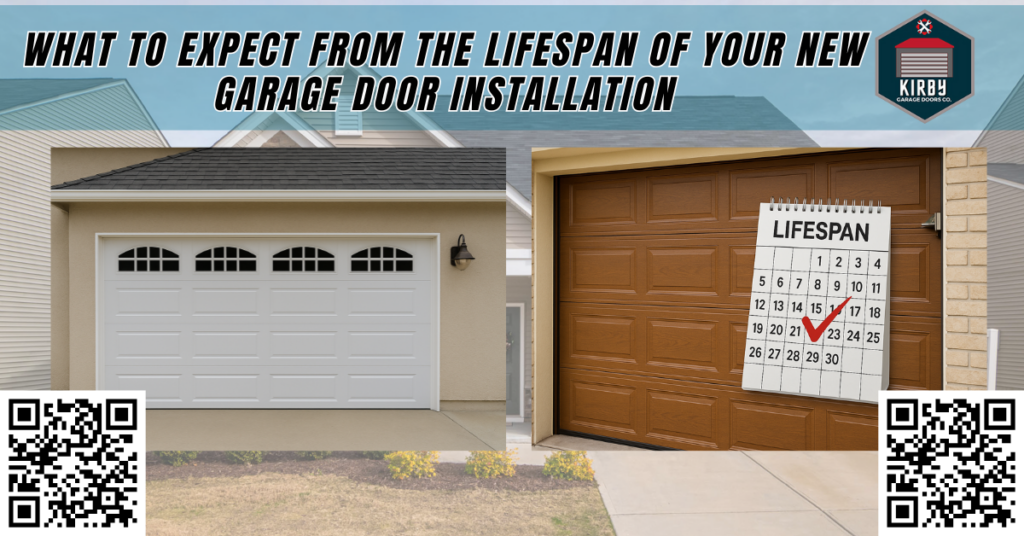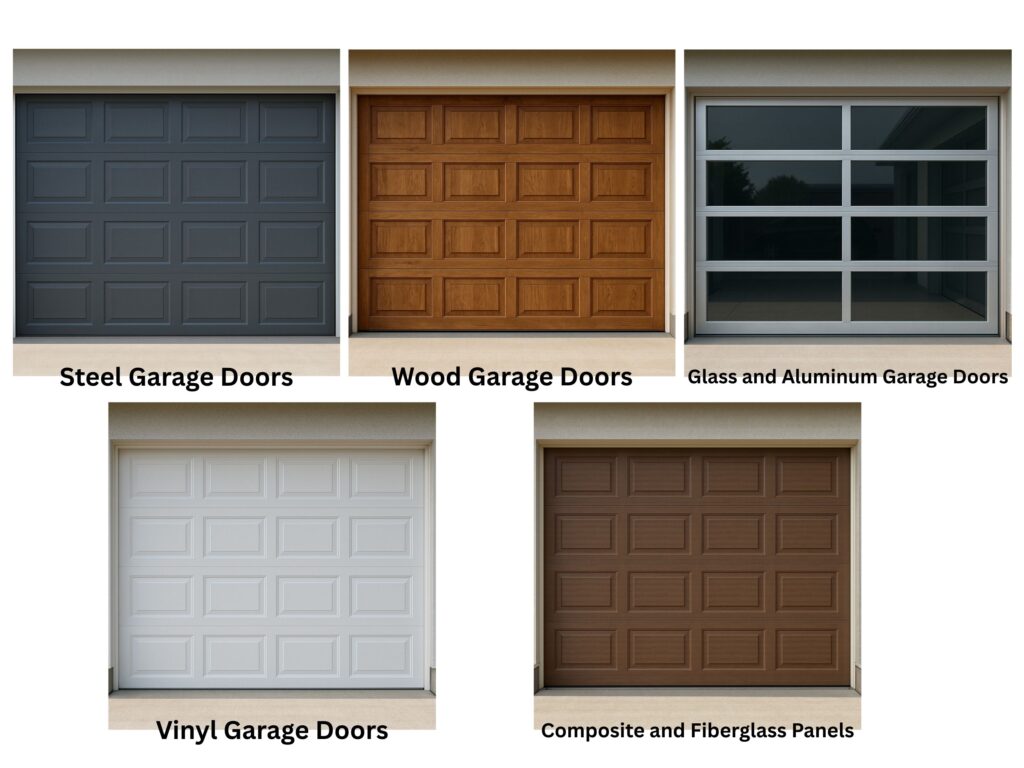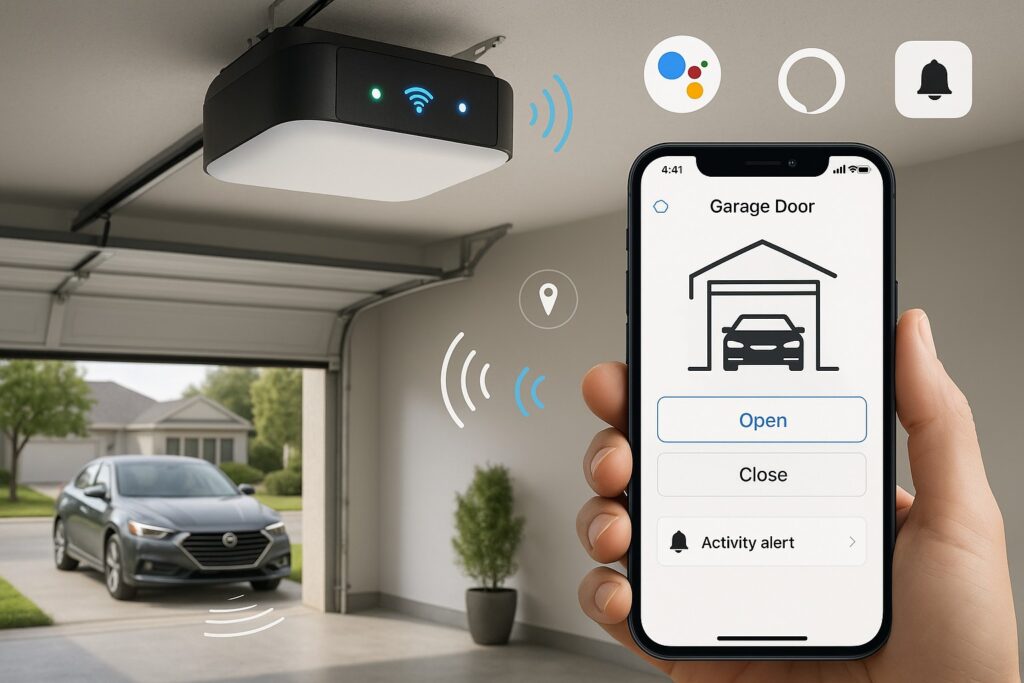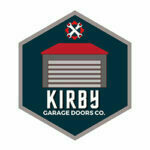What to Expect from the Lifespan of Your New Garage Door Installation

It was a rainy Tuesday morning in Houston when we received a call from a homeowner in Bellaire. Their four-year-old garage door, installed by another provider, had completely failed, leaving their car stuck inside. After evaluating the system, we uncovered a series of avoidable issues: substandard springs, an off-balance drive carriage, rusted hinges, and a warped bottom panel. It was a clear case of poor materials and a rushed installation process. Situations like this highlight why understanding the true lifespan and proper expectations of a new garage door installation are essential.
According to national data, the average garage door opens and closes about 1,500 times a year. With each cycle, wear and tear slowly accumulates on components like torsion springs, rollers, and tracks. While many people only consider garage doors as functional barriers, they also play a vital role in your home’s energy efficiency, security, and curb appeal. Choosing the right garage door, installing it properly, and maintaining it well is a long-term investment that impacts the entire home. It affects not only safety but also property value, energy consumption, and convenience.
At Kirby Garage Doors Co., we specialize in residential and commercial garage door installation, repairs, and upgrades. Our mission is to equip homeowners and business owners with comprehensive knowledge so they can get the most from their new door installation. This article is your complete guide to understanding the life expectancy of garage doors, including critical parts, maintenance tips, cost breakdowns, material options, safety features, and how to make your investment last decades.
Average Lifespan of a New Garage Door Installation
The typical lifespan of a garage door ranges between 15 to 30 years, depending on several key factors such as materials used, quality of installation, frequency of use, local weather conditions, and ongoing maintenance. Each of these variables contributes differently to how long your door remains functional, efficient, and safe.
Key Lifespan Indicators:
- Garage Door Panels: 15–30 years, depending on material type (steel doors last longer than wood). Properly insulated and painted panels fare better against heat and humidity.
- Springs (torsion or extension): 7–12 years (around 10,000 cycles), although high-cycle springs rated for 25,000+ cycles are available for busier households.
- Garage Door Openers: 10–15 years, with options including chain-drive, belt-drive, and screw-drive systems.
- Tracks and Hardware: 10–20 years. Well-maintained tracks ensure smooth operation and reduce wear on the drive carriage.
- Weather Seals and Bottom Panels: 5–10 years, often the first elements to show damage from weather and debris.
A complete garage door installation process that includes proper alignment, spring tensioning, and sensor testing ensures these components perform reliably. Always follow a step-by-step guide provided by your installer or technician.
What Affects the Lifespan of Your Garage Door?
A garage door is a critical component of your home’s exterior, security, and daily functionality. While most garage doors are built to last 15 to 30 years, various factors can significantly shorten or extend their lifespan. Here’s an in-depth look at what influences the longevity of your garage door system:
1. Material Type and Build Quality
The construction materials of your garage door play a pivotal role in determining its durability, weather resistance, insulation performance, and overall longevity.
- Steel Garage Doors are among the most widely used due to their strength, affordability, and minimal maintenance needs. Galvanized steel options with baked-on polyester paint offer added corrosion resistance. Insulated steel doors with polyurethane or polystyrene cores also improve thermal efficiency and noise reduction.
- Wood Garage Doors: Preferred for their timeless aesthetic and curb appeal. These doors are often made from cedar, redwood, or plywood overlays. While beautiful, they demand regular sanding, staining, and sealing to protect against warping, rot, and UV degradation.
- Aluminum Garage Doors: Lightweight and rust-resistant, ideal for humid or coastal climates. Aluminum-framed doors with glass panels are also popular in modern designs. However, they are more prone to dents from impacts like hail or vehicle contact.
- Vinyl Garage Doors: Known for durability against dents and scratches, as well as resistance to moisture, rot, and insects. Their flexibility makes them a great choice for families with young children or homes in high-humidity areas. However, vinyl options may have limited color choices and less insulation value than steel.
- Fiberglass Garage Doors: Offer the look of wood grain without the maintenance, paired with better resistance to salt air and moisture, ideal for coastal properties. Fiberglass skins over steel frames create a robust barrier but may fade over time with prolonged sun exposure.

Tip: Consider your region’s climate, desired aesthetics, and insulation requirements when selecting the best material for your garage door.
2. Frequency of Use and Cycle Rating
Garage door mechanisms are rated by “cycles.” One open and one close motion is one cycle. Over time, repeated use places stress on key components such as springs, rollers, cables, and the opener system.
- Standard Torsion Springs: Typically rated for 10,000 cycles (approximately 7–10 years of moderate use). Each cycle contributes to wear on the spring’s tension.
- High-Cycle Springs: Designed for up to 25,000 or even 50,000 cycles, ideal for households where the garage door is used as the primary entry point multiple times a day.
- Openers and Drive Systems: Belt-drive openers offer quieter operation and less vibration, which reduces strain on the door system, especially helpful in attached garages. Chain drives, though more robust, are louder and may need more maintenance.
- Rollers, Hinges, and Tracks: Frequent use accelerates wear. Nylon rollers with sealed bearings typically last longer and operate more quietly than plastic or metal alternatives.
Recommendation: If your garage door is a main entry point, invest in high-cycle components and schedule annual maintenance checks to reduce the likelihood of early failure.
3. Climate and Environmental Factors in Houston
The Gulf Coast climate, especially in Houston, presents several challenges for garage door longevity. These environmental conditions can hasten material fatigue and operational issues.
- Humidity and Rainfall: Prolonged exposure to moisture can lead to rust in steel components, corrosion of hardware, and degradation of insulation materials within the door panel.
- Extreme Heat: Vinyl doors may warp or discolor when exposed to high temperatures. Prolonged UV exposure can degrade weather seals and damage paint or coating layers.
- Storms and Flooding: Tropical storms and flooding are common in the region. This increases the risk of water damage to the door bottom seal, electrical components, and garage door opener motor. Inadequate sealing can allow water intrusion, affecting both operation and safety.
Solution: Choose insulated doors with a high R-value (e.g., R-13 or higher), corrosion-resistant hardware, and weatherproof seals to protect against Houston’s humid and storm-prone climate.
4. Installation Quality
A properly installed garage door ensures smooth operation, quiet performance, and long-term durability. Poor installation can lead to premature wear, safety issues, and system failure.
- Spring Tensioning: Incorrect spring tension can place uneven stress on the opener and compromise the door’s balance.
- Track Alignment: Misaligned or improperly anchored tracks can cause the door to jerk, derail, or bind during movement.
- Sensor Placement: Misplaced or miswired safety sensors can interfere with proper door reversal or cause false triggers, compromising safety.
- Drive System Tuning: Drive carriages and opener arms should be calibrated to prevent unnecessary strain on the motor.
Why It Matters: At Kirby Garage Doors Co., our installations follow strict guidelines, including code compliance and post-installation testing. Our certified technicians assess frame condition, apply correct torque settings, and test auto-reverse functions to guarantee reliability and safety.
5. Routine Maintenance and Upkeep
Like any mechanical system, garage doors require periodic maintenance to remain in top shape. Ignoring small issues can lead to costly repairs or replacements later.
Essential Maintenance Tasks Include:
- Lubrication: Apply silicone-based lubricant to springs, hinges, rollers, and bearing plates at least twice a year.
- Cleaning: Wipe down door panels and clear debris from tracks and around the bottom seal to prevent obstruction or binding.
- Hardware Check: Tighten loose fasteners, inspect brackets, cables, and pulleys for wear or fraying.
- Sensor Testing: Confirm that safety sensors are aligned and functioning correctly by placing a small object in the door’s path during closing.
- Weather Sealing: Inspect and replace damaged bottom seals or perimeter weather stripping to maintain insulation and prevent pest or water intrusion.
Pro Tip: Schedule professional inspections before extreme weather seasons. Preventive maintenance not only extends the life of your garage door but also enhances energy efficiency and home safety.
By understanding and addressing these factors from material selection and environmental exposure to proper installation and regular upkeep, you can significantly extend the life of your garage door system. A well-maintained garage door isn’t just functional, it’s an investment in your home’s security, energy efficiency, and overall value.
Lifespan by Garage Door Type
Each garage door type has its own advantages and lifespan characteristics. Here’s what you can expect:
Steel Garage Doors
- Lifespan: 20-30 years
- Advantages: Strong, secure, customizable, affordable. Available with a variety of insulation options.
- Maintenance Tips: Check for surface rust, touch up paint, and tighten all fasteners.
Wood Garage Doors
- Lifespan: 15-20 years
- Advantages: Beautiful appearance, traditional charm, customizable designs.
- Maintenance Tips: Refinish every 1-2 years, protect from moisture, and inspect for rot.
Aluminum Garage Doors
- Lifespan: 20-25 years
- Advantages: Rust-resistant, modern aesthetic, lightweight.
- Maintenance Tips: Repair dents, repaint when needed, and secure loose panels.
Vinyl and Fiberglass Doors
- Lifespan: 20-30 years
- Advantages: Low maintenance, resistant to dents, quiet operation.
- Maintenance Tips: Clean with mild detergent, protect from extreme heat and UV rays.
Modern Openers and Technology Integration
Today’s garage door openers are smart, efficient, and built to last. They improve convenience and enhance safety.
Key Features to Look For:
- Remote access and app control: Operate your door from anywhere using your phone.
- Battery backup: Maintain access during power outages.
- LED lighting: Long-lasting and energy-efficient lighting solutions.
- Quiet operation: DC-powered openers with belt drive carriages or screw drive systems reduce noise.
Safety features: Auto-reverse, motion detection, and rolling-code security protocols.

Investing in a smart opener extends system life, improves user experience, and enhances property security.
Signs Your Garage Door Is Wearing Out
Even the best doors reach a point where garage door replacement becomes necessary. Be on the lookout for:
- Noisy or jerky operation
- Uneven or sluggish movement
- Sagging, rotting, or warped panels
- Ineffective insulation, leading to high energy bills
- Faulty or outdated openers lacking modern safety protocols
Replacing an old garage door with a new, energy-efficient model can improve comfort, reduce maintenance, and boost your home’s resale value.
How to Extend the Life of Your Garage Door
1. Schedule Annual Maintenance
Professional tune-ups include:
- Adjusting spring tension
- Balancing the door
- Testing opener response time
- Replacing worn hardware
2. Upgrade to High-Cycle Components
High-use garages benefit from durable components:
- 25,000+ cycle torsion springs
- Reinforced track systems
- Sealed bearing rollers
3. Invest in Insulation
Well-insulated doors:
- Conserve energy
- Protect valuables stored inside
- Improve R-value and thermal regulation
- Reduce outside noise
4. Clean Regularly
Wash down panels, remove cobwebs, and ensure that the drainage around the door frame is clear to prevent water accumulation.
5. Address Minor Issues Promptly
Strange sounds, visible cracks, or slow operation should prompt a quick call to your installer. Addressing these early can prevent a costly overhaul.
Final Thoughts
Your garage door does more than simply open and close; it protects your home, enhances curb appeal, contributes to energy efficiency, and ensures convenient daily access. Its lifespan, however, depends heavily on factors within your control, including the materials you choose, how often the door is used, the quality of its installation, how well it’s maintained, and how well it can withstand the local climate.
Being proactive is key. Opt for high-quality, climate-appropriate materials and components, invest in professional installation, and commit to routine maintenance. For homeowners in Houston and other demanding environments, selecting insulated and weather-resistant models can offer long-term benefits in performance, safety, and comfort.
Think of your garage door system as an integrated mechanism, where each part, from torsion springs to weather seals, must work in harmony. With proper care, attention to detail, and expert support, your garage door can serve reliably and efficiently for decades.
When in doubt, don’t hesitate to consult a trusted professional like Kirby Garage Doors Co. for guidance, upgrades, or routine service. Protect your investment and your home by giving your garage door the longevity it deserves.
How Can Kirby Garage Doors Co. Help You?
At Kirby Garage Doors Co., we believe every garage door installation is a long-term investment that deserves expert care. Our team proudly serves homeowners and businesses in Houston, TX, including nearby communities like River Oaks, Sugar Land, and West University Place.
We offer:
- Expert garage door replacement and installation for homes and businesses
- 24/7 emergency service and same-day repairs
- Professional inspections and maintenance plans
- High-quality insulated and energy-efficient garage doors
- Personalized style consultations to match your home’s aesthetic and curb appeal
From choosing the right door to final adjustments, our experienced installation team ensures smooth operation, enhanced security, and long-term satisfaction.
Visit us: 7747 Kirby Dr, Houston, TX 77030
Call now: (281) 688-2203
Let Kirby Garage Doors Co. keep your home safe, stylish, and secure. Get in touch today for your free quote!
Frequently Asked Questions (FAQs)
1. Can I paint my garage door to extend its lifespan or change its look?
Yes, many garage doors, especially steel and wood, can be painted with weather-resistant exterior paint to refresh their appearance and protect the surface from moisture and UV damage.
2. How do I know what R-value is best for my garage door?
For attached garages or those used as workspaces, an R-value of 12 to 18 is recommended to maximize energy efficiency and climate control.
3. Will a new garage door installation increase my home’s resale value?
Yes, a new garage door often offers one of the highest returns on investment (ROI) among home improvements, boosting both curb appeal and buyer interest.
4. What’s the difference between torsion springs and extension springs?
Torsion springs are mounted above the door and offer smoother, more controlled operation, while extension springs run alongside the tracks and are generally less durable.
